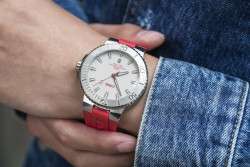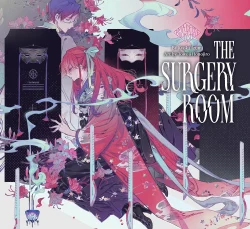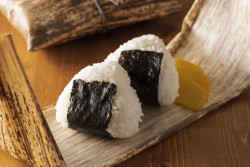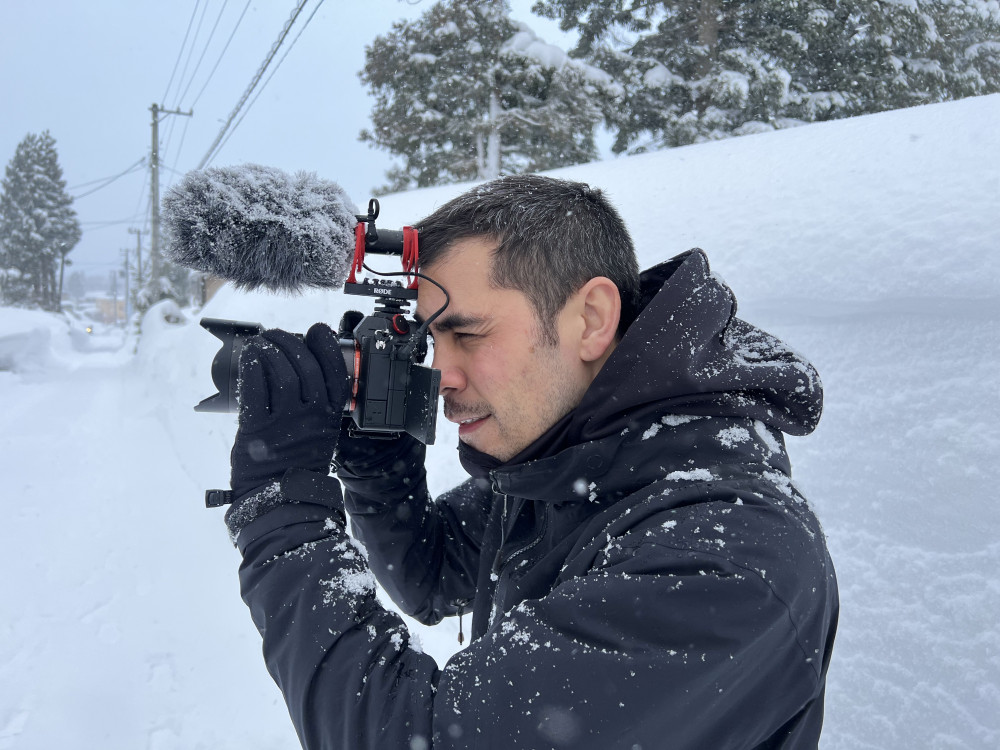
December 11, 2024
Based in Japan: Life Where I’m From With Greg Lam
Understanding daily life in Japan
By Gendel Gento
The YouTube channel Life Where I’m From started in 2015. It was founded by Canadian Greg Lam, who lives in Tokyo with his Japanese wife and children. The channel brings interesting and educational insight into the everyday, special events and uniquely Japanese aspects of life in Japan. Lam’s hope is that through sharing these videos, what someone once thought was weird or strange can become usual, fascinating, or exciting.
The channel has over 1.7 million subscribers, and the videos presently rank at over 290 million views.
Life Where I’m From is usually filmed and edited solely by Lam. Others will occasionally join to help with the production, but it’s essentially a small, one-person, self-financed operation. The creator used to run a video production company in Vancouver, Canada, before moving to Tokyo with his family after the 2011 Tohoku earthquake and tsunami.
Since launching the channel, Lam has created mini-documentaries with topics ranging from homelessness and education, to entrepreneurship and the environment.
Metropolis: What made you leave Canada and settle with your family in Japan? Also, how does life in Vancouver compare to life in Tokyo?
Lam: My wife is Japanese, and before we married, we decided to go back and forth between both countries. We had initially said that we’d live five years in Canada, then five years in Japan, and so on, but with the reality of kids and jobs, we didn’t move to Japan until 12 years after marriage.
Compared to Tokyo, life in Vancouver doesn’t feel nearly as different as it used to. I suppose I’ve gotten accustomed to both places and ways of life. Also, both cities have become more international, so it’s easier to get Japanese things in Vancouver and Western things in Tokyo.
But to answer you, I think transportation is a big one. Having a car is a luxury in Tokyo, while in Vancouver (and more so the Greater Vancouver area), it’s often a necessity. The proximity of services and the size of homes makes how you go about your daily life different. For example, in Tokyo, we might pick up groceries three or four times a week, while in Vancouver, it’s more like once a week. Both are because grocery stores are closer and easily accessible by bike, and we have less storage space in Tokyo.

M: What are the pros and cons of raising a family in Japan, and Tokyo in particular?
GL: Cost of living is a big pro for raising a family in Tokyo. When we first moved to Tokyo, we were low-income, so most of our daycare costs were subsidized. Rental costs were about 2/3 the cost of what it was in Vancouver at that time, and buying a house was even more affordable. While we could afford a home in Tokyo’s 23 wards and ended up buying one, in the Vancouver area, we could not afford something within a 45-minute drive of downtown. Nowadays, that’s even more true.
I feel the Japanese system is more well-rounded in the classes and experiences offered for elementary school, and the school lunch program is fantastic. However, I prefer the Canadian system for high school, as I feel it gives students more independence and the ability to succeed through different pathways. It’s more like a mini-university with many different course options. The downside to the Canadian system is that students need to be more on top of things. There’s less supervision and guidance than in Japan.
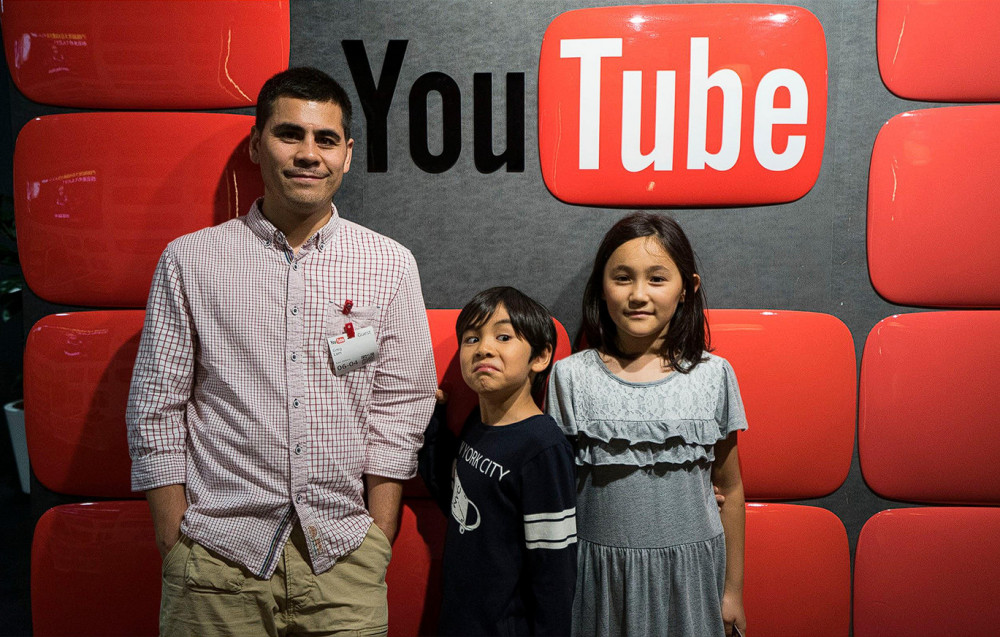
M: Recently, your channel has featured more of a long-form style, closer to documentaries than average YouTube videos. What made you choose that approach?
GL: The biggest reason for me making longer videos is that I saw other people doing it and I enjoyed watching the longer format.
When I first got into YouTube, shorter was considered better. A video longer than five minutes was considered too long. Then, YouTube started putting ads in the middle of videos that were longer than eight minutes, so many creators were incentivized to make longer videos. And the truth is that the longer a viewer watches a video, the more ads can slot in, so the more money a creator can make. It used to be all about the views, but now the watch time matters most.
It’s all about the viewers and how they want to consume things. I don’t think I’d make a detailed explainer video for 30 minutes. But I made a travel video that was 60 minutes. So, depending on the video and the audience, I’ll change the length. Honestly, I’ve had videos in the past that I split up into two or more parts. But nowadays, if I think it all works better as a single video, I won’t hesitate to do it, like I did with my What a Small Town in Japan is Like video.
M: How do you decide which topics merit the documentary deep dive and which are better for short casual videos?
GL: When to go deep dive on a topic and when not to is basically up to my personal feelings or mood. A lot of times, I didn’t intend to take a deep dive into a subject. Still, I found that to explain it to my satisfaction, I needed to do more and more research. It ended up being a long video or a big series, like my homeless videos or my Being Japanese documentary.
I want to say that deep dive videos are longer, but I have very casual, long videos, like Tokyo by Bike. The realistic answer is that I do a lot of research into a topic when I’m interested in it. Plus, if it requires a lot of details to present in the way I want to.
M: You focus on daily life in Japan instead of more sensationalist topics. Was that a conscious choice to differentiate yourself as a Japan-based vlogger?
GL: My focus on daily life in Japan and explaining Japanese culture was a deliberate choice right from the start. I really disliked the sensationalized videos that were about “weird” or “strange” Japan.
Despite having visited Japan numerous times in the decade before I moved, I realized that I still didn’t know much about what “real” life in Japan was like. All the history courses I attended, the books I read, the articles and discussions I saw online, and the YouTube videos I watched. Suddenly, they all felt like they weren’t telling the whole story.
So, the reason for starting the channel was to show what everyday life in Japan was like, specifically from a child’s or family’s perspective. It has since grown up, just like my kids have, to include topics that go deeper. Whether it’s Japanese identity, homelessness, public transportation, or depopulation. To this day, I’m still trying to give an accurate representation of what Japan really is like.
M: Given the daily life themes in your videos, how do you strike a balance between being entertaining and informative?
GL: A video has to be entertaining for it to succeed. But that doesn’t mean an informative video can’t be entertaining. Learning things is entertainment for some people. The essential thing is that if the audience is bored watching something, especially if it’s a topic they’re interested in, you need to present the information in a way that grabs their attention.
Since I suck at comedy, the way I try to entertain people is by providing information or experiences to them in a way that’s easy to watch and understand.
M: You recently acquired some land in the Japanese countryside. Is the future of Life Where I’m From a rural life?
GL: If you watched my video How I ended up buying land in “rural” Japan, you know that I bought some land in Nikko and that I’ll be opening up a mini-hotel there. Rural was in quotes because while I think there are some elements of small-town life, Nikko is technically a city with all the major amenities one could want. So, to me, it’s not a rural life, or at least rural life in a way Canadians would think of. But to people living in Tokyo, I’m sure some of them would think of it as the countryside.
I’ll be in Nikko for the foreseeable future, operating the mini-hotel while continuing to make YouTube videos. There’s a direct train line to Tokyo that’s only a two-hour train ride. Filming only takes up about 10 or 20 percent of the time to create a video, so that’s made the decision to make my base of operations in Nikko a lot easier.
